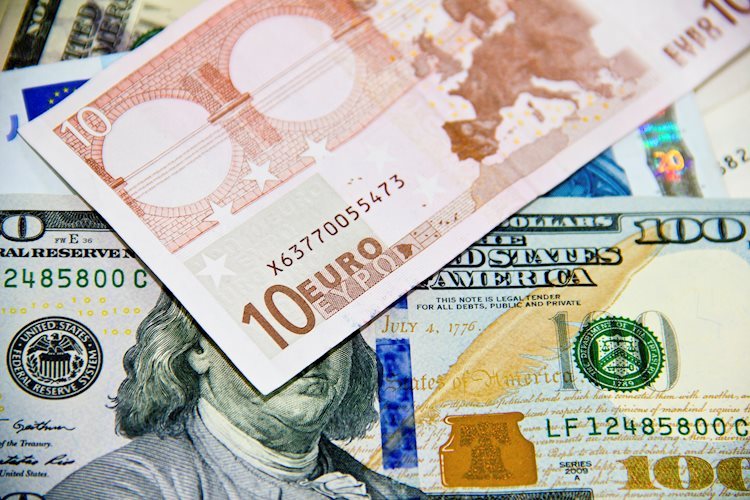EUR/USD climbed near the 1.0900 resistance level as the US Dollar weakened following a disappointing US NFP report for July. The report showed slower job growth and wage growth, raising expectations for interest rate cuts by the Federal Reserve in September. This led to a significant drop in the US Dollar Index.
Despite the weak US economic data, the Euro struggled to capitalize on doubts surrounding market expectations for two more ECB rate cuts this year. The Eurozone posted better-than-expected inflation and GDP growth numbers, indicating a steady economy. However, a scenario of stubborn inflation and steady growth is not favoring market expectations for rate cuts, making the Euro less attractive.
On the technical front, EUR/USD approached the upper boundary of a Symmetrical Triangle formation, signaling a potential breakout in the near future. The 14-day RSI indicator also showed signs of a bullish momentum. Meanwhile, the Euro strengthened against the US Dollar on Friday, further solidifying its position as the strongest currency of the day.
The Nonfarm Payrolls release is a crucial economic indicator that presents the number of new jobs created in the US, impacting market sentiment towards the US Dollar. A high reading is seen as bullish for the USD, while a low reading is considered bearish. Traders closely monitor this data to gauge the health of the US labor market and its potential impact on the currency markets.
In conclusion, the EUR/USD pair made significant gains following the weak US NFP report, with the Euro outperforming the US Dollar on the back of looming Fed rate cuts. Despite the Eurozone’s positive economic indicators, market uncertainties continue to influence the currency pair’s movement. Traders should keep a close watch on upcoming economic data releases and central bank announcements for further insights into the EUR/USD exchange rate.


























